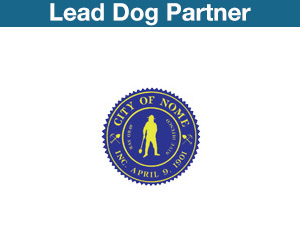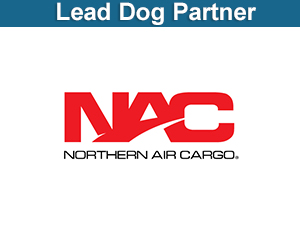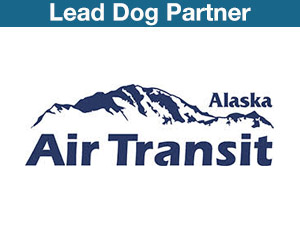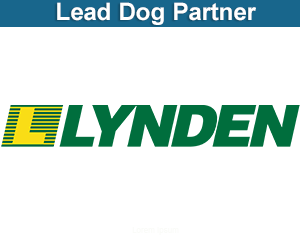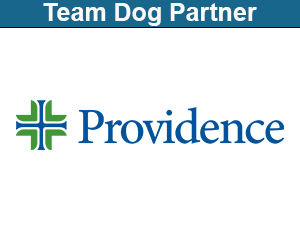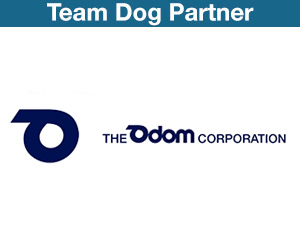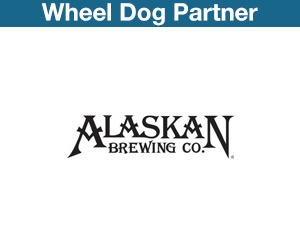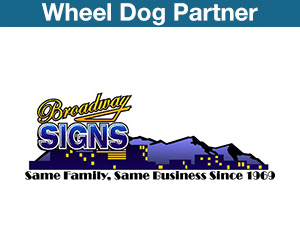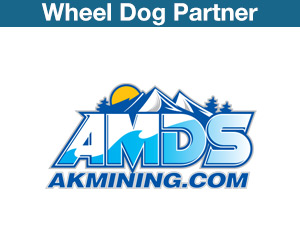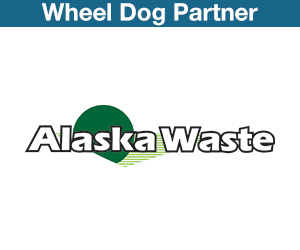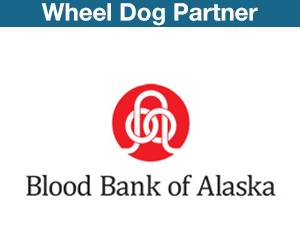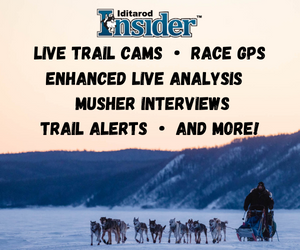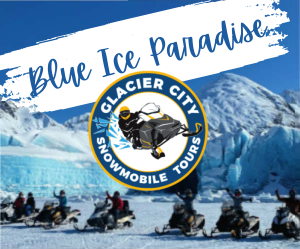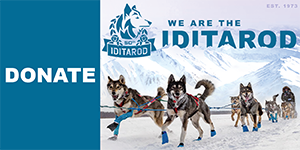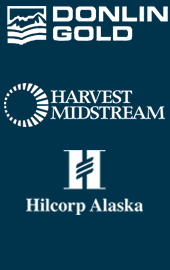12 Noon Nulato—Kaiser, Berkowitz, Redington, Jonrowe—Vets View of the Venue by Joe Runyan
A close traveling pack enter the confines of the Nulato baseball field for a rest break. This group includes Jake Berkowitz, (smiling broadly in the minus 20 temps while only wearing a baseball cap, the rest of us shrouded in ear wraps, parka hoods, and face guards), Pete Kaiser, Ray Redington, and Dee Jonrow, unmistakably color coordinated. Appreciating Dee’s sense of style, a woman in the spectator crowd is heard to say, “I just love the way Dee’s team looks.”
Iditarod Veteranarians work with mushers
Amidst the incoming chaos of four teams, the vet crew is once again at the dog’s levels, often on their knees, examing each dog in each team. Dr. George Stroberg, an Iditarod old timer, puts a veterinarian resource on each team to include Dr. Kim Henneman, Dr. Pam May, and Dr. Paul Pifer.
These vets work with mushers and their teams to advocate their good health, at times discovering correctable injuries, and forming strategies. At times, I see the vets and mushers in involved discussions about how to treat a frost split in the webbing between toes, for example, harness rub, or soreness. Their advocacy is always dedicated to the dogs, a welcome perspective in a community of mushers.
Preparing to examine a team, Dr. Pifer tells me that an Iditarod vet never misses an opportunity to listen to hearts and lungs, a preliminary method for spotting arrhythmias, congestion, hydration, stress and other problems associated with the life of a canine athlete. Other quick checks include a practiced pressure on the spinal to detect muscle soreness, and at the same time get a quick impression of body weight.
My impression: the Iditarod Veterinarians work like mules at -20F, often performing difficult tasks barehanded, up and down on their knees like dancers, and hold themselves to a high standard. Their bar is set high, and their loyalty is uniquely singular for the benefit of the dogs.
Our Mushers in the checkpoint
Our subset of front running top ten mushers are driving very powerful teams. Standing about 8 hours behind the leaders, I asked Jake Berkowitz if he could install himself in the lead pack. No, he told me, he was happy to have a shot at the top ten and was running his own race. The leaders are out of range, he explained.
I saw the leader subset of four huddled together in the nulato gymnasium eating and asked them if they were forming a social group. “No, we’ve been battling since Cripple,” countered Pete Kaiser.
Just for your information, Jake is focused on passing through Kaltag and camping twenty miles on the trail to Unalakleet at the “tripod cabin.” The other three are going to pull up and rest again in Kaltag. “Its just too heavy for me to haul extra food and straw,”said Dee Jonrowe, “I am going to rest in kaltag.”
Final insight—-Dee, who has run 25 Iditarods (sorry if I missed it by three or four, but she has run a lot of races) commented , “The front pack is not free and clear. These guys (looking at the three at the table) have the teams to challenge. I have seen it many times at this stage of the race when front runners cant maintain the pace.”
Our Insider crew readies to depart in direction Kaltag, and then on to Unalakleet on the Bering Sea Coast.

How deep is the snow? check out the left field fence of the baseball field being used as the Nulato dog yard













